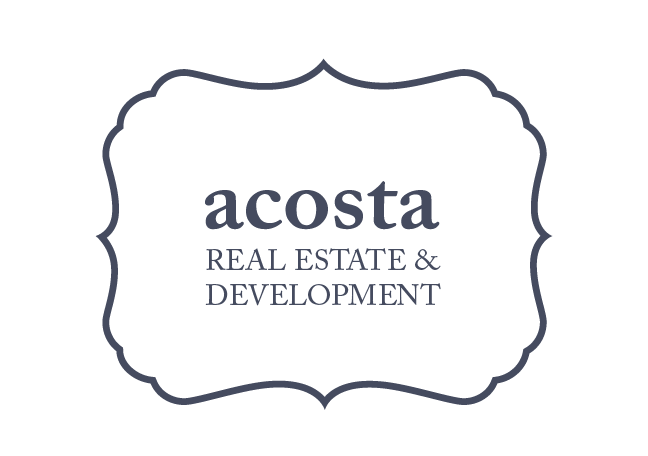Over the last week, I’ve been asked multiple times if I plan to focus on developing within the region.
While I always keep my eyes peeled for a new project to tackle, I know one thing for sure: I'm fully committed and invested in the Great Lakes Bay Region. It’s not only where my family lives, but there are also lots of opportunities for growth.
Developments that preserve the history, context, and sense of place that make each community unique and special are my priority. The businesses that want to begin a new venture in a property, residents that will call it home, and the surrounding business community are of utmost importance.
It’s all about how strong physical places support the lives who engage with them. There’s no shortage of ways to tweak and improve places.
Every time I have felt concerned about finding a project with the right density or scale needed to make financial sense, some property has found its way to my desk.
Each property has its own unique value proposition. It always keeps the work fresh. Even if the development process remains the same, taking two similar buildings with very different visions changes the end product.
The future is promising for our region. Here’s a peek at what I intend to accomplish over the next five years:
1. Bring another historic landmark back to life.
Yes, I know I have to finish The Legacy first. Am I a glutton for punishment? Maybe.
But there are some big projects still sitting out there in our community. Historic properties tell the story of a community's past and should be preserved -- and sometimes reinvented -- to fit the current market. So having the chance to take a 100-year-old property and give it new life for new generations to enjoy is really important.
A pivotal part of the take-it-or-leave-it equation is determining if a proposed project is worth the risk. Will the end product sustain itself in the long run?
Finding developments that maximize and elevate the community as well as make sense economically is always worth exploring,
I'm always thinking about how the dynamics are changing block to block.
How might bringing one building back pave the way for more developments or activate buildings down the road? How will each project affect the overall housing market? What companies would want to relocate or launch in the area?
It's all about the people involved. What company wants to put their brand on a space in a building? Who wants to live downtown?
Last month while having lunch at City Market, I overheard a mother shopping with her daughter run into a friend and started chatting. The mom was so proud her daughter who moved back after college, landed a great job at McLaren Bay Region, and is living in a townhouse at The Times Lofts.
These stories motivate me and make the hard projects worthwhile.
2. Create a model for missing middle housing options.
Right now in Bay City, we have too much housing for our population. But is it the kind of housing that meets our community’s needs now and into the future?
With changing demographics, including increasing numbers of households made up of young professionals and empty nesters, more housing options for a walkable urban living is critical to stopping capital flight and rejuvenating the community.
Stay tuned here for more thoughts on this important issue.
3. Heighten placemaking efforts by working with organizations, municipalities and community groups.
Placemaking is a multi-faceted approach to the planning, design, and management of public spaces. It is how streets, walkway paving, buildings, and open spaces shape the urban design structure and image as a unique place. It is how streetlights, plantings, signs, and public art complement this basic structure and contribute to the quality of the environment. By capitalizing on a local community's assets and potential, it’s possible to create public space that promotes people's health, happiness, and well-being.
By taking a holistic approach to real estate development, the overall form of these diverse elements organizes to convey a unified image, sense of vitality, and a comfortable setting for people to live, work, and play.
Spaces that encourage people to interact with their community improves the quality of life for everyone.
The next five years promise to be challenging, but exciting.
Let’s do this.
-jen




